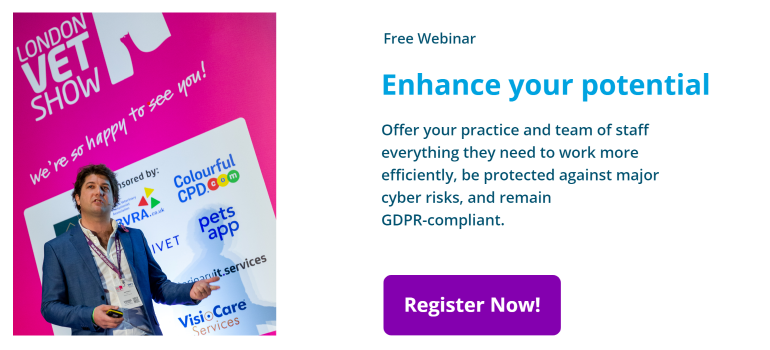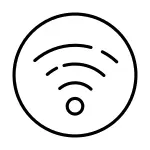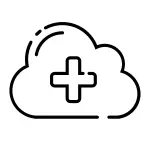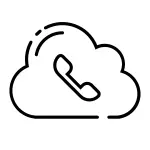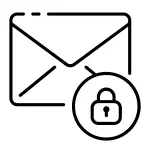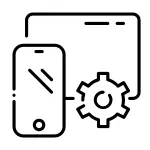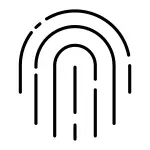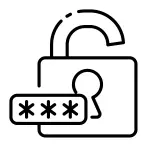Has the announcement of another national lockdown got you thinking about remote working for your practice?
The government announcement on 5th November was not entirely surprising, businesses across the UK were once again asked to adapt the way that they work to keep their employees and the wider community safe.
But for many Veterinary Practices, day to day life never quite returned to pre-Coronavirus normal, but that doesn’t mean that adjustments to the way that you’re currently working aren’t needed.
Obviously given the current situation with “Lockdown 2.0” and government advice to minimise the people required in the workplace to only those that cannot work from home, practices like yours are assessing their options for remote working and trying to work out how they can still utilise their team in an effective manor whilst reducing the need to have team members onsite.
If you are beginning to approach this subject and don’t quite know where to start, then you are in the right place. We’re experts in this area so would like to share our best practice advise.
Get the Basics Right
Your initial focus should be placed on your reception staff and the admin team who are more easily transferrable to home working, perhaps you might want to also put plans in place for vets and nurses in case they are required to self-isolate. You are going to want to get the absolute most from these individuals if they are remote working.
So, what are the immediate considerations you should be addressing? We would recommend the following should be provided to the whole team:
- Secure remote access to the PMS;
- The ability to handle calls.
Yes, these seem like simple enough hoops to jump through, but these are the baseline for effective home working in the Veterinary sector. Without these it’s likely that if you attempt remote working that your practice, and ability to offer patient care will grind to a halt. So, lets examine each one further…
Secure remote access to the PMS
All of the members of your team will need access to you PMS data, emails, files and maybe even your VoIP phone system.
It’s been predicted that 50% of businesses are expected to increase their spending on remote access this year. I’m sure that it comes as no surprise to you, given the current situation we are in.
The great thing about being in the veterinary industry, is that the chances are that you already have (and are paying for) remote access, but you just aren’t using it yet!
If your practice has a fully cloud hosted PMS the you already have remote access and very little will need to be done to configure it. Just contact to your PMS provider and ask them to confirm what the URL (website address) is to access your PMS remotely and check with them whether there are any restrictions that may prevent you from accessing it at home!
It’s that simple!
If you’re not sure if your PMS is fully cloud hosted, or you know that its not and still want to remotely access your systems, we have written a guide with a flowchart covering all your options which is available for download here.
Handling Calls:
Do you want to provide your staff the ability to make and receive calls whilst outside of the practice?
You aren’t the only one. Many practices are examining options for their phone systems to allow for more flexible working. The easiest way to do this is to implement a VoIP (Voice over IP) solution. Here’s some information to see if a VoIP system is right for you:
- VoIP is usually charged per user so this means if you have two Reception staff and one vet working from home, they each would need a license.
- You can have a handset like you’re used to, but you can also make and receive calls via your computer or even mobile phone.
- Users can make, receive and transfer calls as if they were in the practice.
- When your team call out using their mobile or computer at home to speak to clients, they see the practice phone number rather than a personal mobile number.
- VoIP uses an internet connection, so it reduces costs on multiple phone lines and eliminates the need to pay for added services like video calling.
If you think that VoIP might work for your practice and would like to know where to begin implementing or would like to know what your alternative options are, download our guide on preparing your practice for remote working here.
Implementation:
Applying these changes doesn’t have to be difficult or expensive, especially if it is just a short term solution. But bear in mind that until a vaccine is in place, the possibility of multiple lockdowns may require a more permanent, robust system in place. We’d like to stress that there is no one size fits all model for all veterinary practices, but we have done our best to map out the options so that you can find the one that fits your own way of working.
